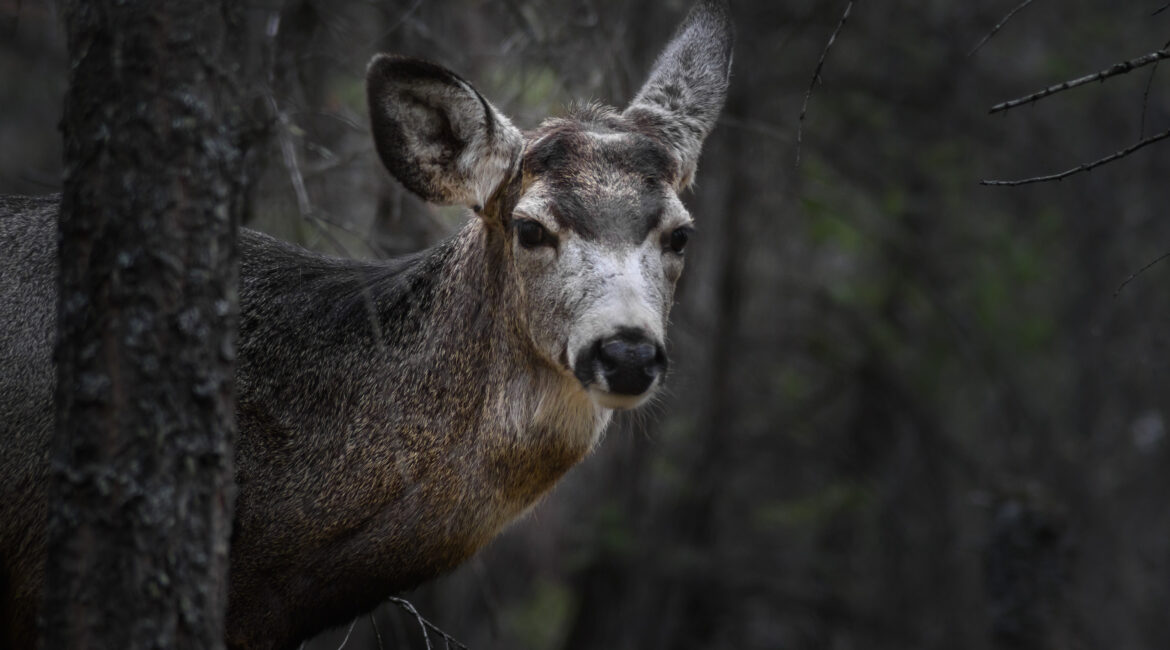
Whitetail in April
In April, whitetail deer experience various changes and behaviors as they transition from winter to spring. Here are some aspects of the whitetail deer’s life in April:
- Recovery from Winter: April marks the beginning of spring, and whitetail deer are often in the process of recovering from the challenges of winter. They may still be relying on stored fat reserves to sustain them until vegetation becomes more abundant.
- Foraging: As vegetation begins to green up and become more plentiful, whitetail deer focus on foraging for fresh shoots, buds, and other early spring vegetation. They may feed on grasses, herbs, young leaves, and agricultural crops.
- Regrowth of Antlers: For bucks that shed their antlers earlier in the year, April is a period of antler regrowth. Antler growth accelerates during the spring and summer months, fueled by the availability of nutrients in the vegetation.
- Social Dynamics: Whitetail deer may exhibit changes in social dynamics during April. Bucks may still be forming bachelor groups, particularly younger bucks that are not actively breeding. Does may begin to establish small family groups with their fawns born in the previous year.
- Preparation for Fawning: Pregnant does prepare for the upcoming fawning season, which typically occurs from late spring to early summer. They seek out suitable bedding areas, such as thickets and tall grasses, where they can give birth and conceal their fawns.
- Breeding Activity: While the peak of the rut (breeding season) typically occurs in the fall, some breeding activity may still occur in April, particularly among does that did not conceive during the previous rut or experienced a failed pregnancy.
- Scent Marking: Bucks continue to use scent marking as a means of communication, though the intensity may decrease compared to the rutting season. Bucks may still create scrapes and rubs to mark their territories and communicate with other deer.
- Predation Risk: April can be a challenging time for whitetail deer as they navigate the risks of predation. Fawns born in the spring are vulnerable to predation by predators such as coyotes, bobcats, and bears.
- Migration Patterns: In some regions, whitetail deer may exhibit seasonal migration patterns, moving from wintering areas to summer ranges as vegetation becomes more abundant and temperatures rise.
- Adaptation to Changing Conditions: Whitetail deer are adaptable animals, and in April, they demonstrate their ability to adjust to changing environmental conditions as they transition from winter survival mode to the active breeding and foraging behaviors of spring and summer.

0 Comments